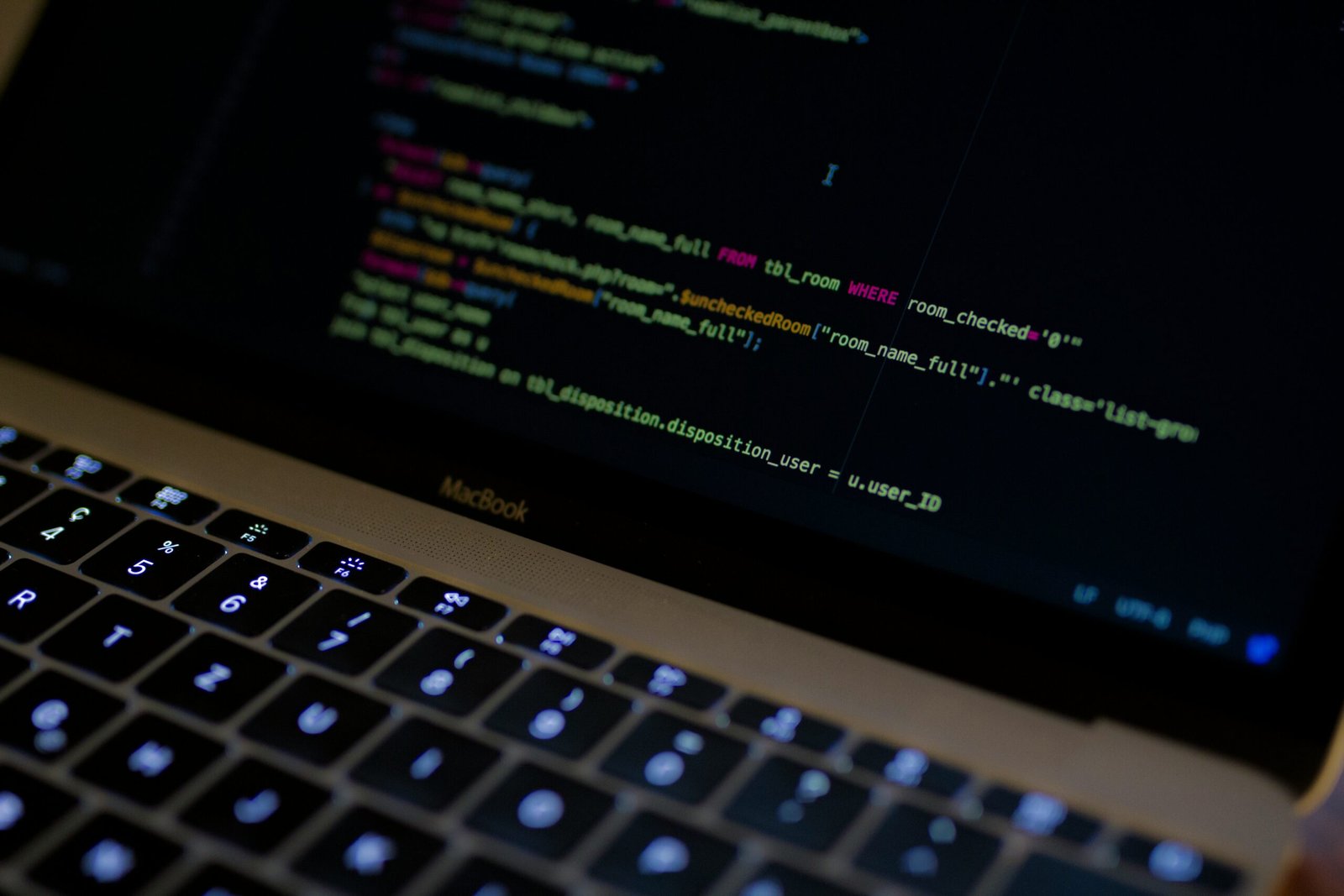Basic Interfaces of Java Collections Framework
The Java Collections Framework provides a set of interfaces that define the basic functionality of various data structures. These interfaces include:
1. List: Represents an ordered collection of elements. It allows duplicate elements and provides methods for accessing, adding, and removing elements.
2. Set: Represents a collection of unique elements. It does not allow duplicate elements and provides methods for adding, removing, and checking the presence of elements.
3. Map: Represents a mapping between keys and values. It does not allow duplicate keys and provides methods for adding, removing, and retrieving values based on keys.
4. Queue: Represents a collection that follows the First-In-First-Out (FIFO) order. It provides methods for adding elements to the end and removing elements from the front.
5. Deque: Represents a collection that allows elements to be added or removed from both ends. It stands for “Double Ended Queue” and provides methods for adding, removing, and accessing elements.
Data Types Supported by Java and Autoboxing/Unboxing
Java supports several data types, including primitive types (such as int, double, boolean) and reference types (such as String, Object).
Autoboxing and unboxing are features introduced in Java to automatically convert between primitive types and their corresponding wrapper classes. For example, autoboxing allows you to assign an int value to an Integer object, and unboxing allows you to assign an Integer object to an int variable.
Difference between Processes and Threads
In Java, a process is an instance of a running program. It has its own memory space and resources and is independent of other processes. Each process runs in its own JVM (Java Virtual Machine).
On the other hand, a thread is a lightweight unit of execution within a process. Multiple threads can exist within a single process, and they share the same memory space and resources. Threads allow for concurrent execution and can perform tasks independently.
Processes are isolated from each other, while threads within a process can communicate and share data through shared memory.
These are just a few of the questions you might encounter when learning about Java. Each topic has much more depth to explore, but hopefully, this provides a brief overview of the concepts.


Leave a Reply